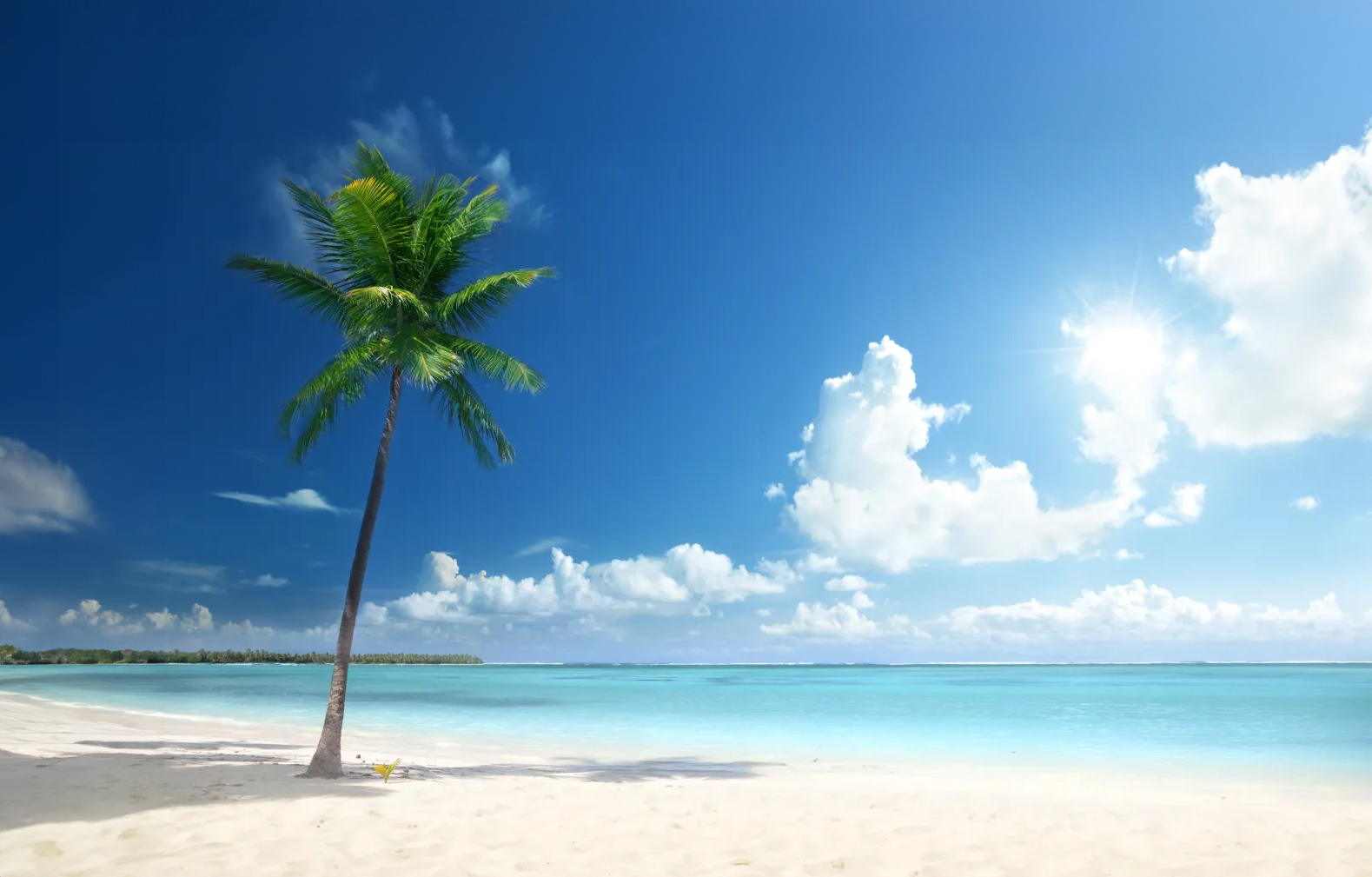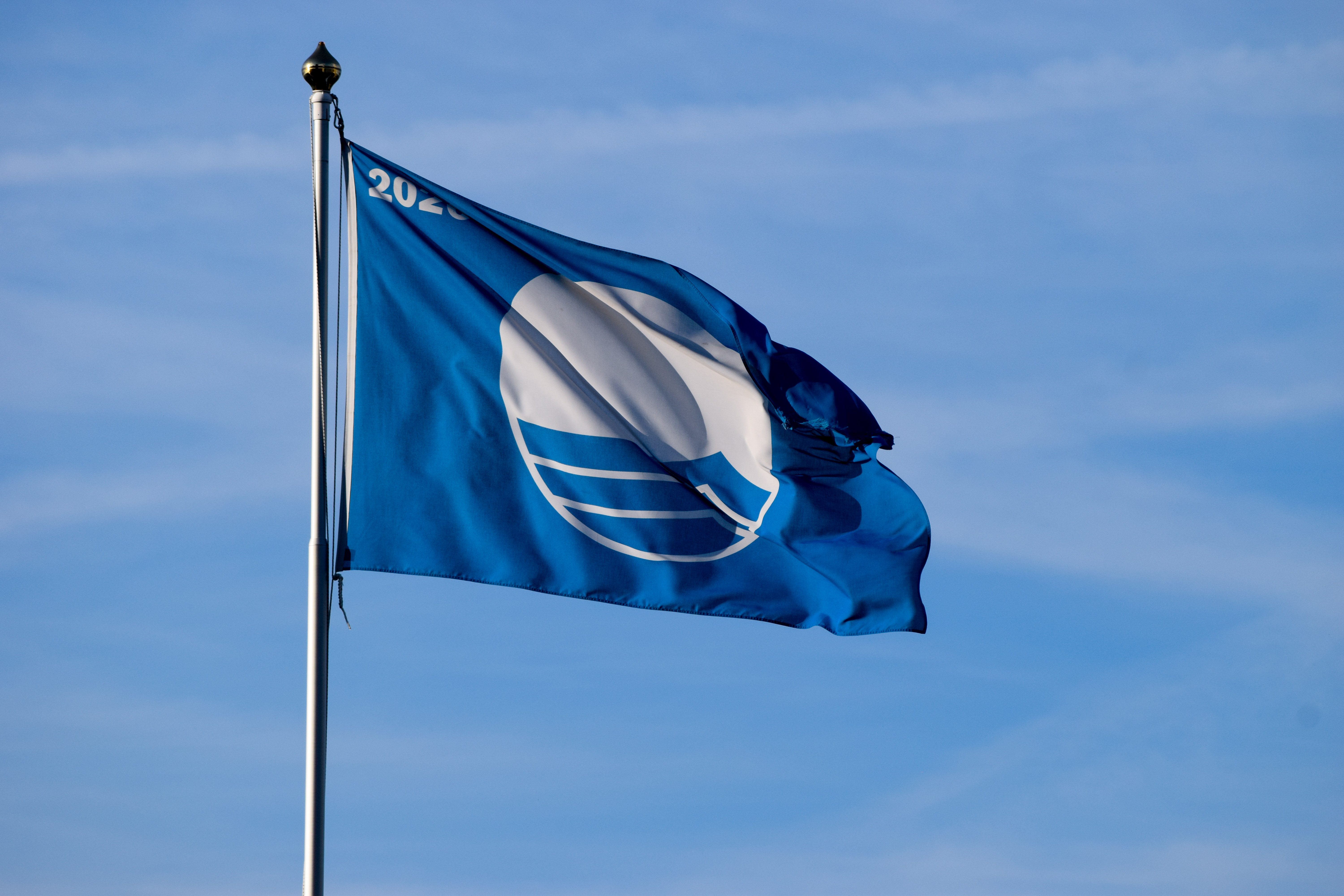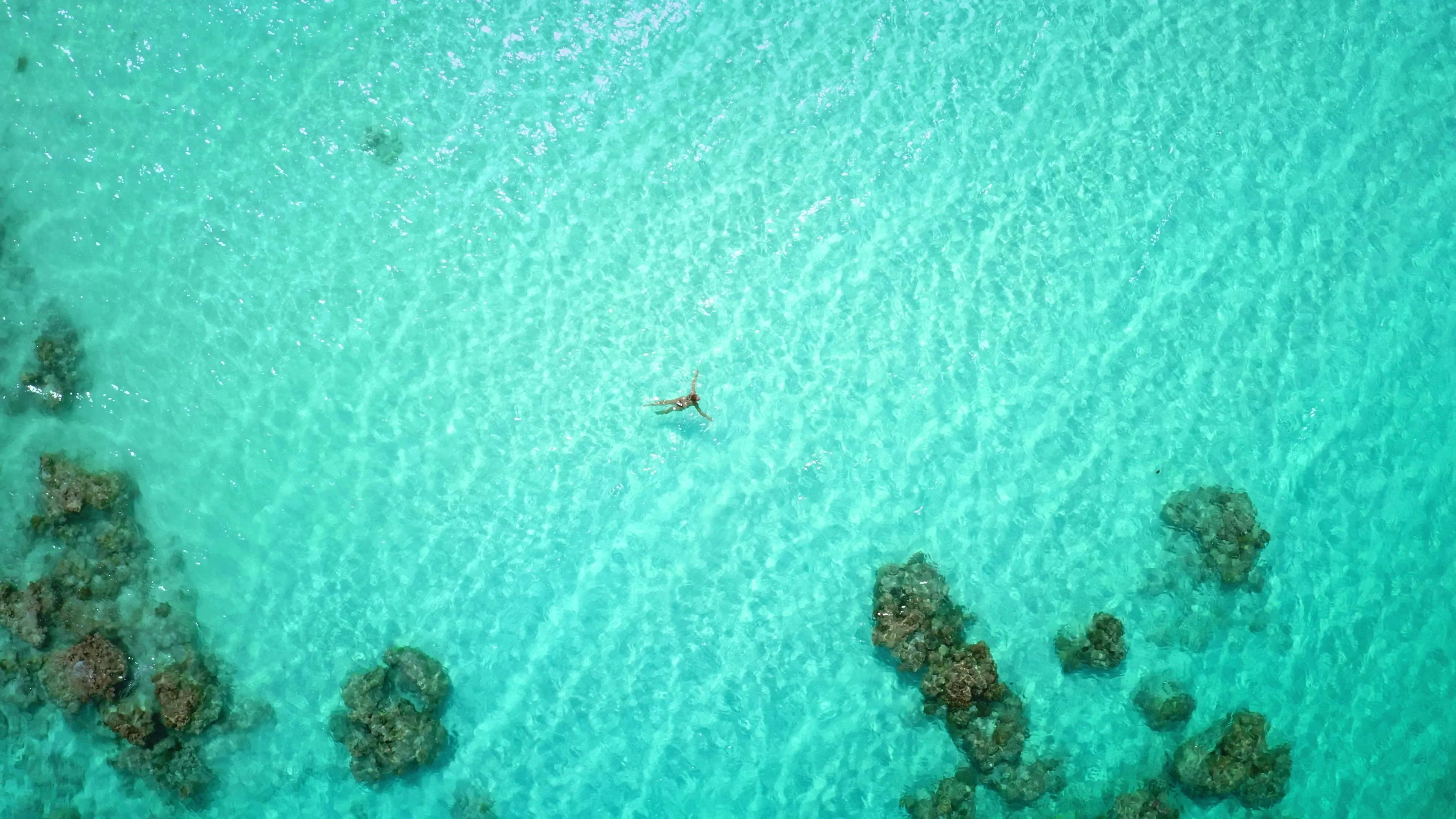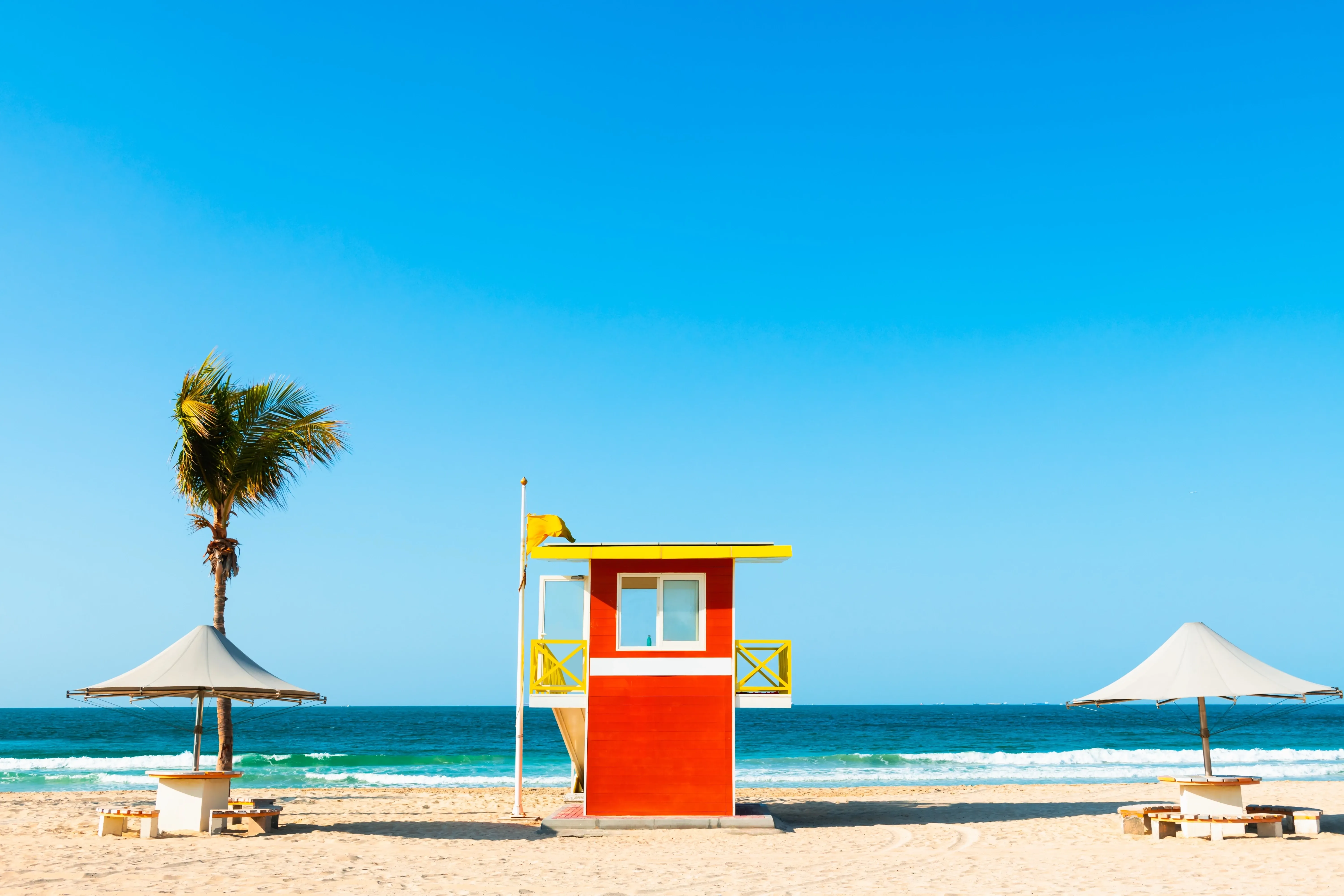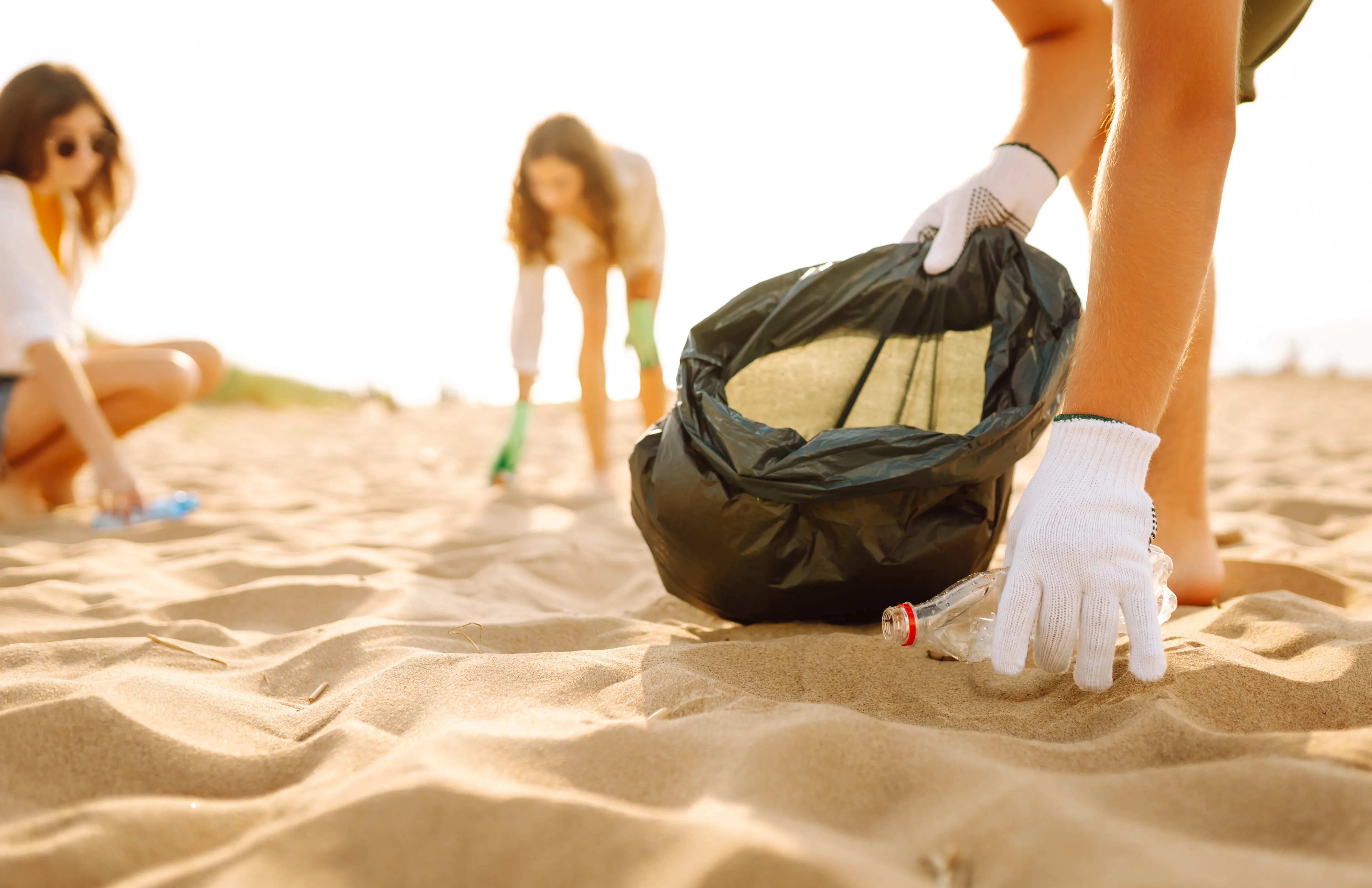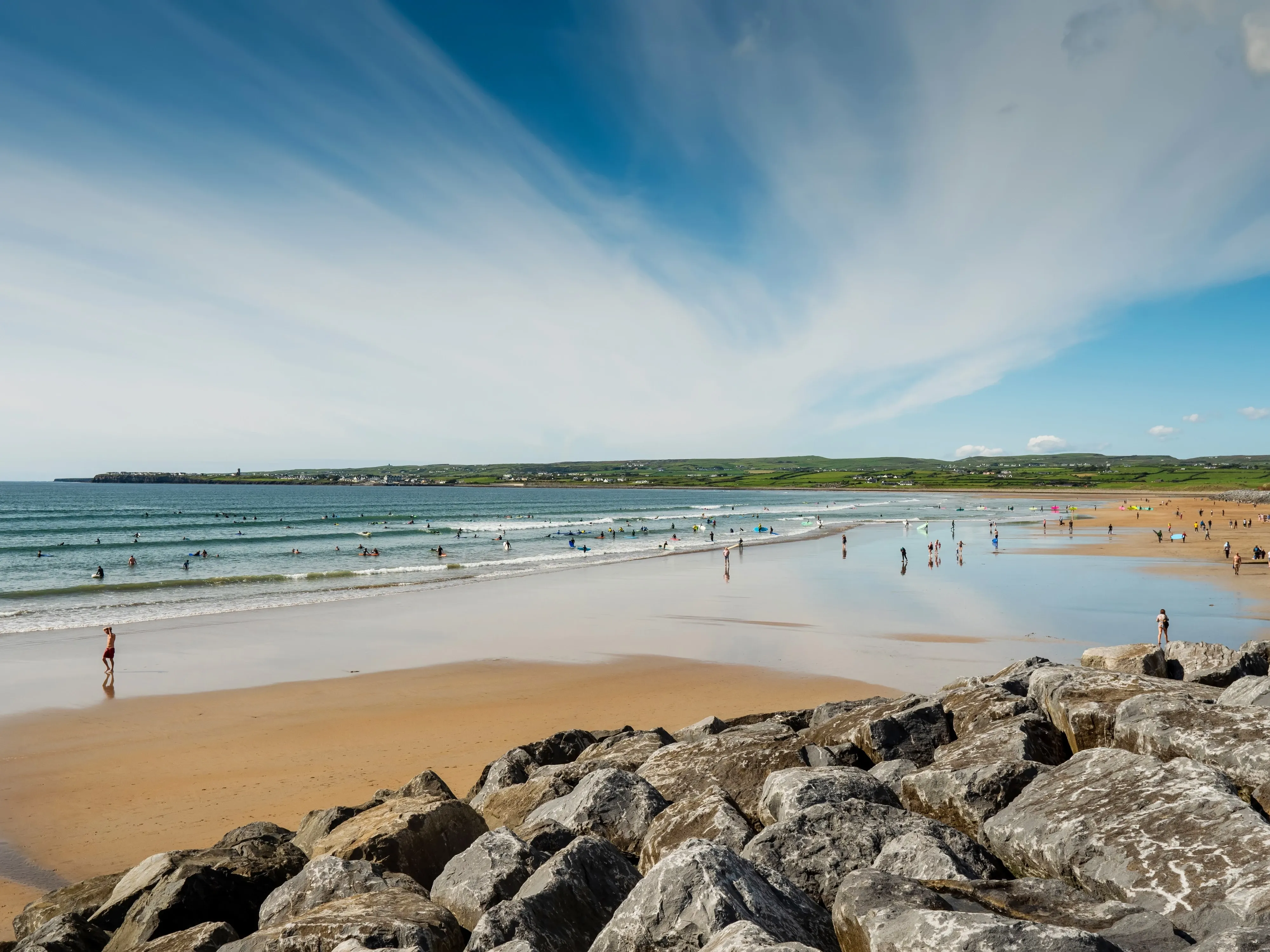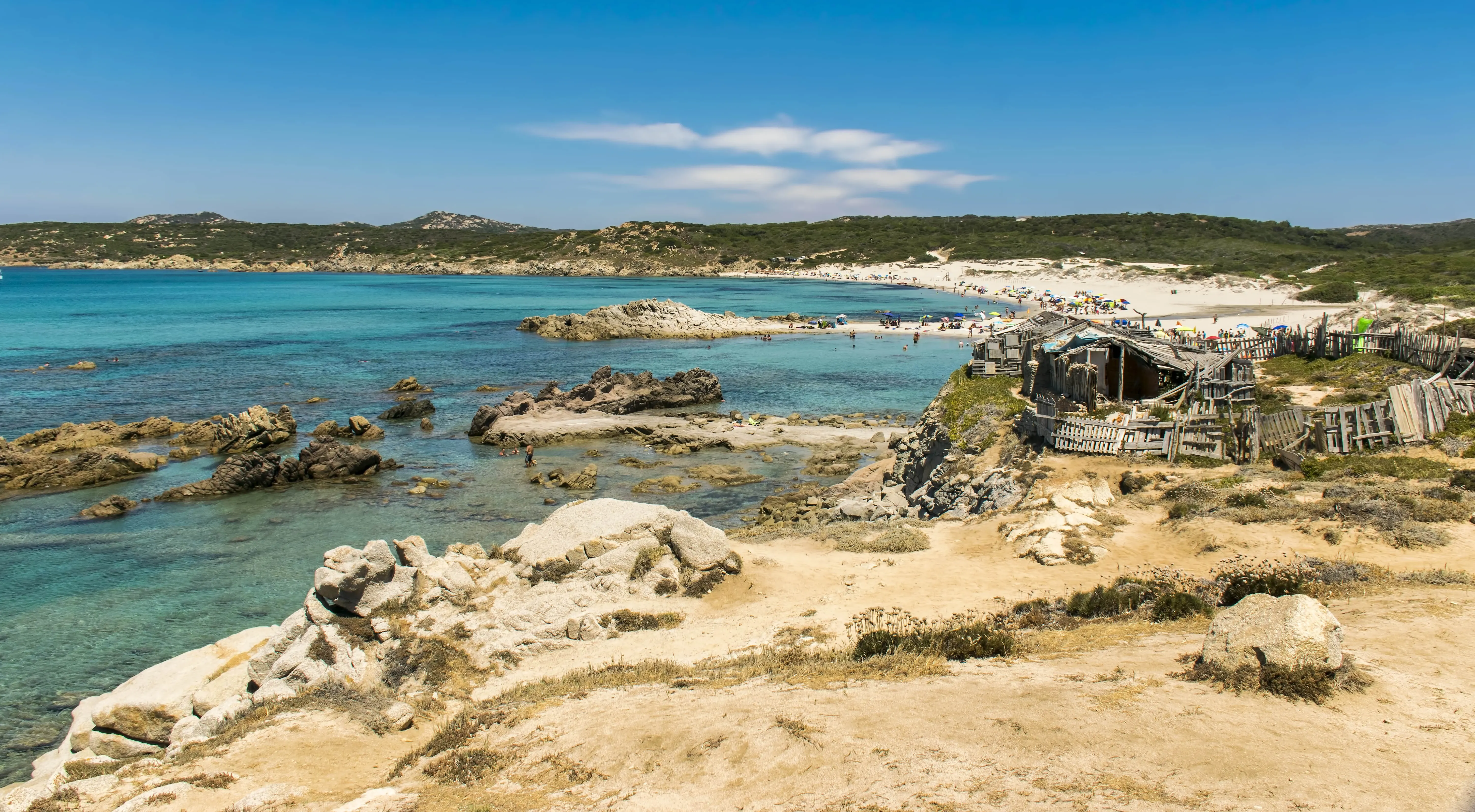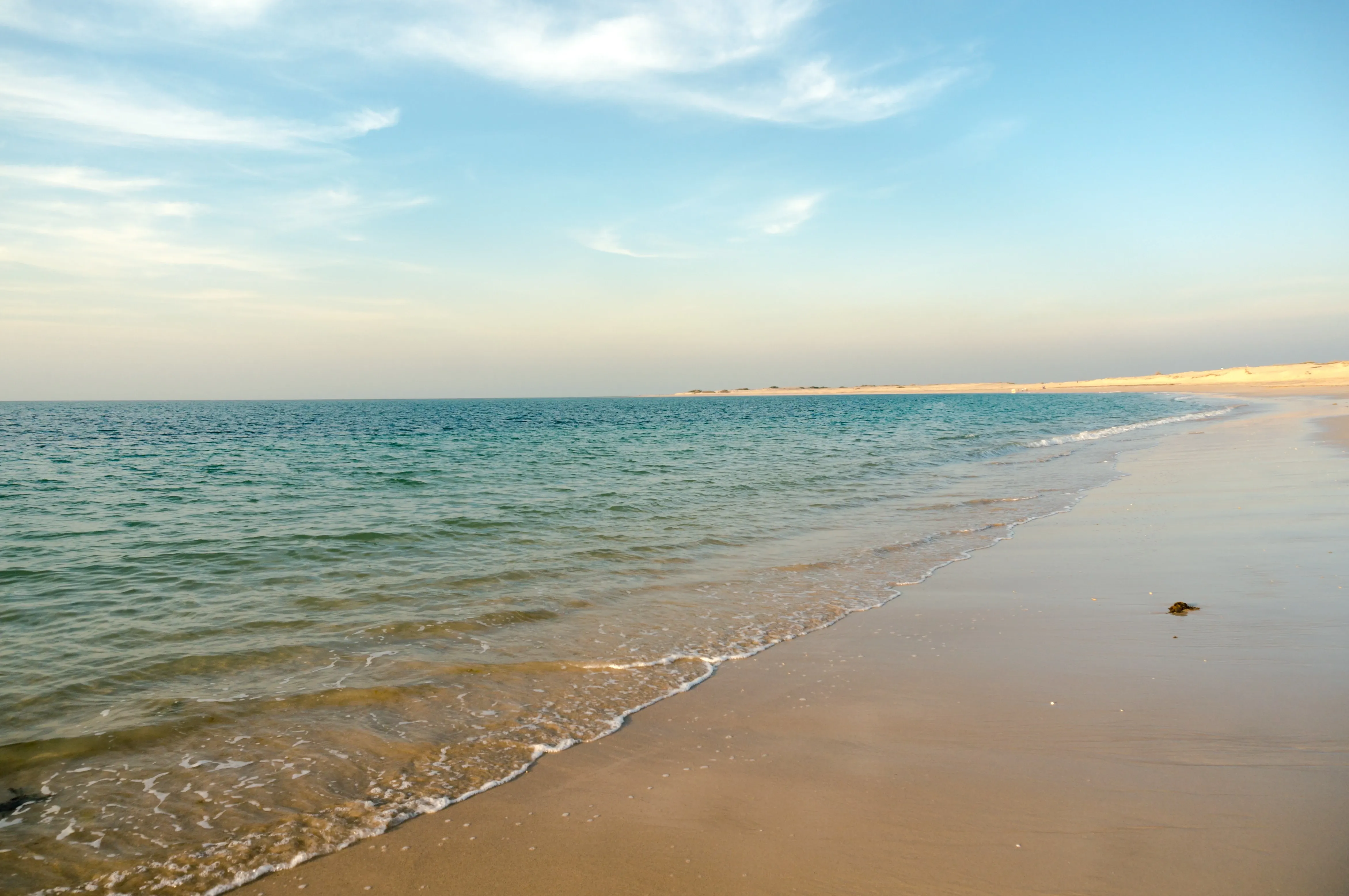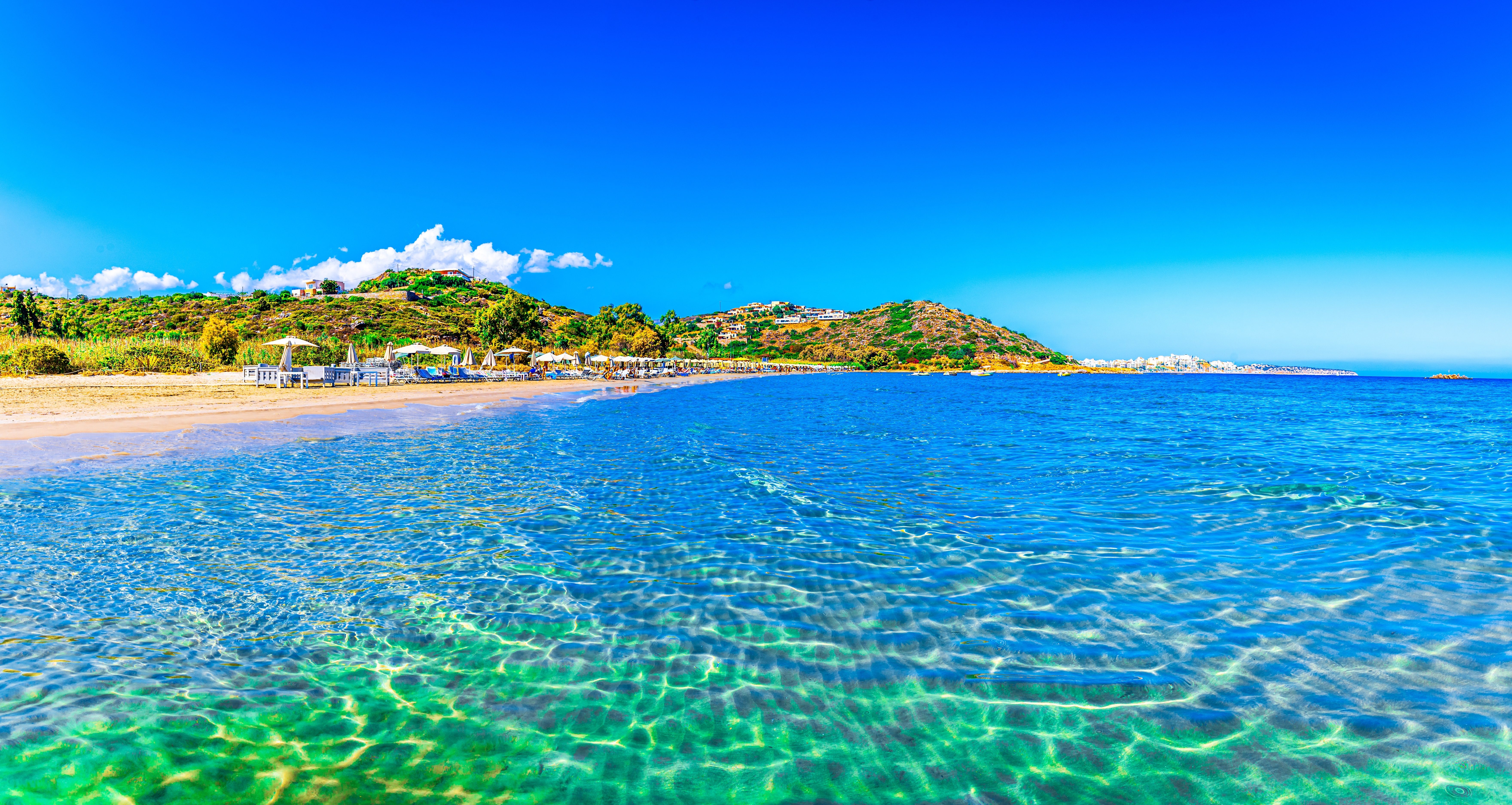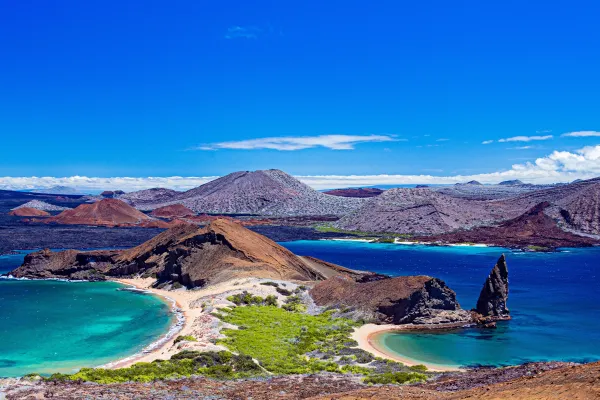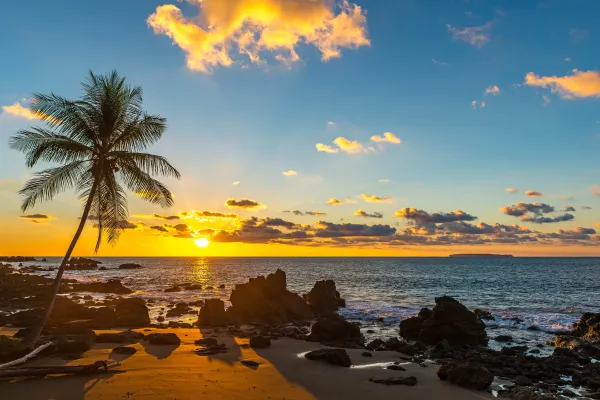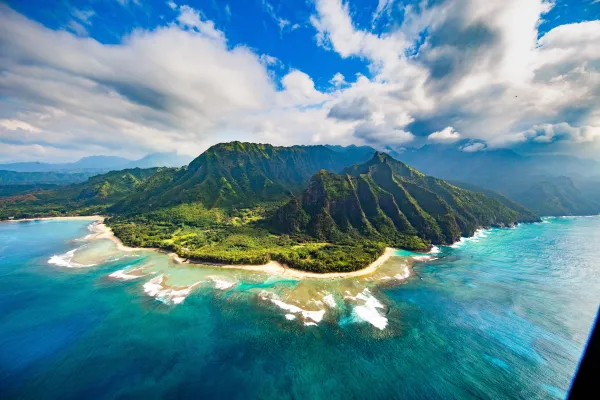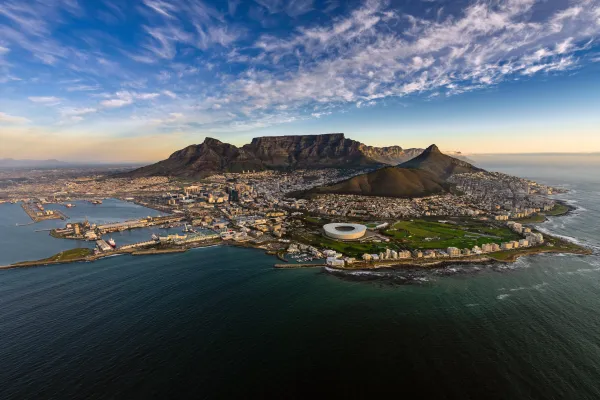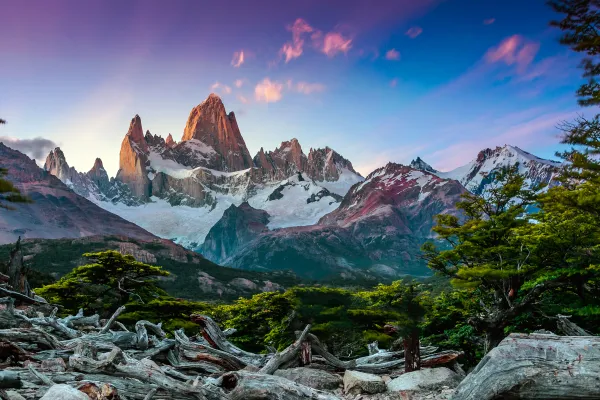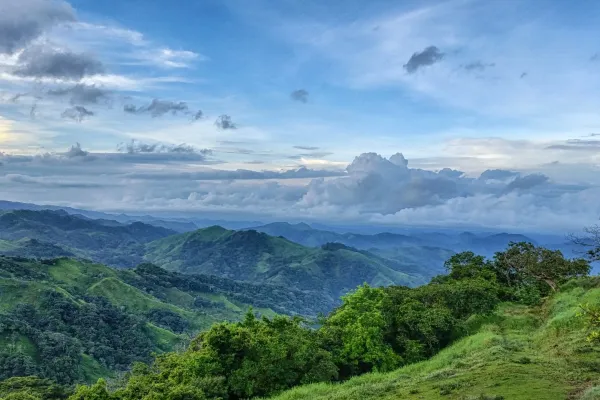Blue Flags: The world's best eco-beaches
Blue-flags beaches are awarded an eco certification for their environmental management, water quality and safety, making them near-pristine locations for a beach day and a dose of nature.
The blue-flag label is internationally recognised, and is a badge to look for if you want to experience sustainable tourism, eco-friendly facilities and a low-impact beach holiday destination.
From clear blue waters, pure sands and natural, undisturbed scenery, blue-flag beaches are beautiful marine-scapes, perfect for escaping the hustle of everyday life and slowing down with nature. Learn more about the best eco-beaches in this article.
What is the blue-flag certification?
A beach is awarded blue-flag status by the Foundation for Environmental Education (FEE), an international organisation active in 81 countries, aiming to increase environmental education and public awareness of sustainability issues. To earn the blue-flag badge, beaches are assessed on the following five key areas:
- #1 Water quality: the bathing quality of the water must meet high standards for cleanliness and safety, to ensure both people and wildlife are safe from hazardous chemicals or other sources of pollution. There should be no outflow of industrial wastewater or sewage on the site, maintaining pure, clean waters safe for swimming and bathing in. This also limits algal and bacterial growth, keeping the water crystal clear and appealing for swimmers.
- #2 Accessibility: blue flag beaches must be easily accessible for all visitors, including children, adults and disabled people. This includes provision of clearly marked ramps, pathways and disabled toilets to ensure a comfortable experience for wheelchair users, baby changing facilities for families with young children, and obvious maps and signposts to make the beach
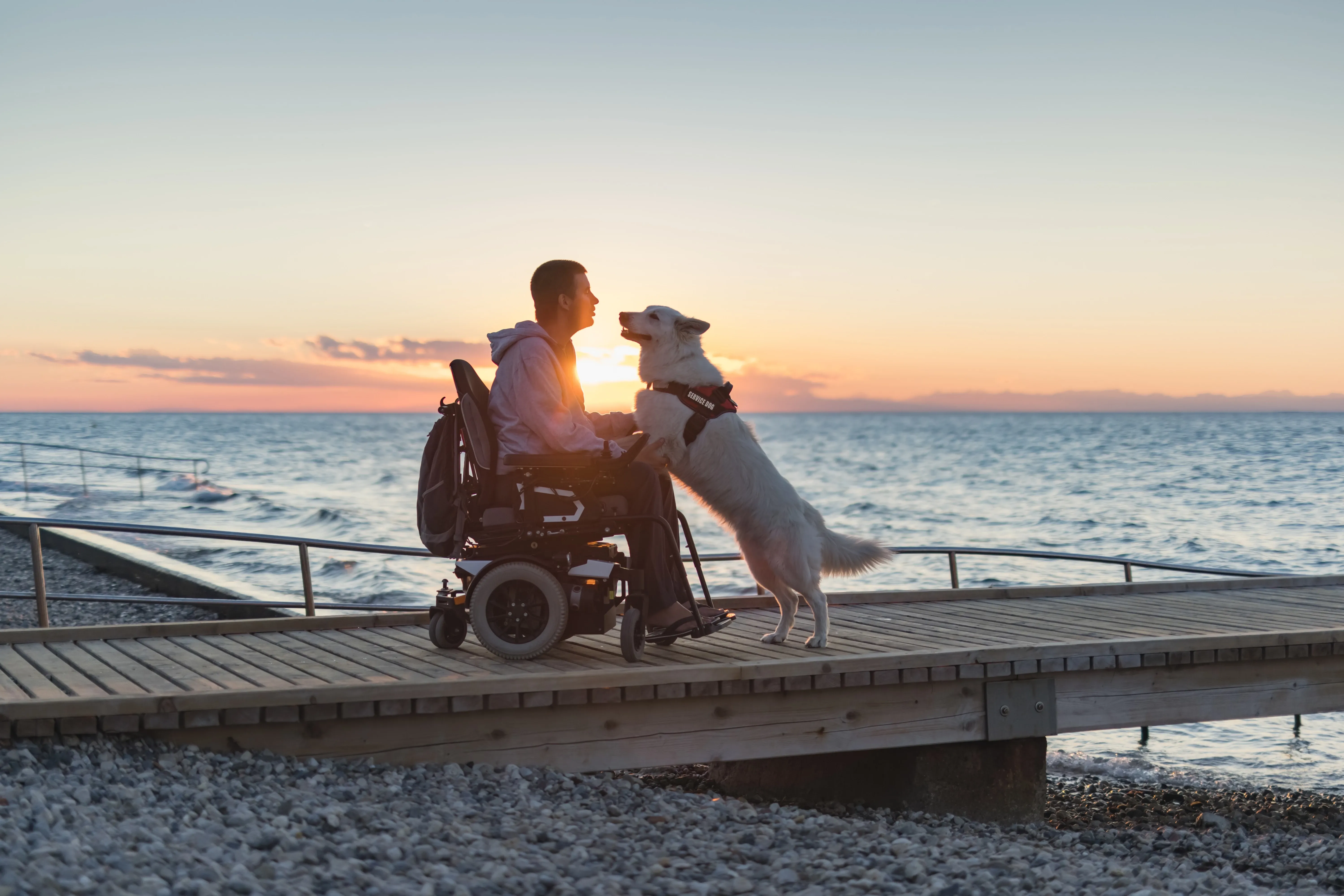
- #3 Safety services: blue-flag beaches are required to provide access to sufficient health and safety services, such as first aid supplies and on-site rescue teams. Beaches must have an appropriate number of lifeguards on call, based on the size and popularity of the area. There must also be regular patrols to maintain safety monitoring of the site and ensure visitors are being responsible.
- #4 Environmental management: Beach facilities, conditions, and pollution levels, must be regularly monitored to ensure the required level of sustainability is being met. This includes maintenance of facilities, recycling bins and waste disposal units.
- #5 Environmental education: A minimum of five different environmentally educational activities must be provided at each blue-flag beach. These range from informational signs about local species and ecosystems, to active conservation, restoration and sustainability activities such as community beach cleans and public engagement with projects through volunteer days.
Why are blue-flag beaches important?
Blue-flag beaches provide high quality areas of marine and coastal seascapes which hold immense value for people, wildlife, and the environment.
The pollution-free environment, clean water, and lack of large disturbances through industrial or other human activities makes blue-flag beaches the ideal habitat for many marine species.
Pristine water quality and the preservation of the natural environment are hugely important as climate change continues to impact ecosystems and species - these beaches provide a refuge from the pressures of pollution and other disturbances, enhancing the habitat quality for many animals and supporting their populations.
The sustainable practices promoted by blue-flag beaches, and the facilities provided, also help contribute to a greener approach to tourism and public interaction with wild places.
The ensured safety of blue-flag beaches provides a clean environment free of hazards for people to interact with nature and enjoy the magical things the sand and sea have to offer. Combined with sufficient facilities and educational tools, blue-flag beaches are inclusive and accessible to everyone, where the health benefits of being outside in nature can be enjoyed free of worry or safety concerns.
Blue-flag beaches also have a significantly positive impact on local economies - the excellent reputation and reliability of these beaches attract tourists of all ages and abilities, providing income to the local area through accommodation, restaurant revenue, and leisure activities.
Snorkeling at blue-flag beaches may be more enjoyable due to the increased water clarity and visibility, and there are often more species to see due to the reduced disturbance by damaging activities. This provides jobs to local people and provides a great incentive to attract eco-conscious visitors to the area.
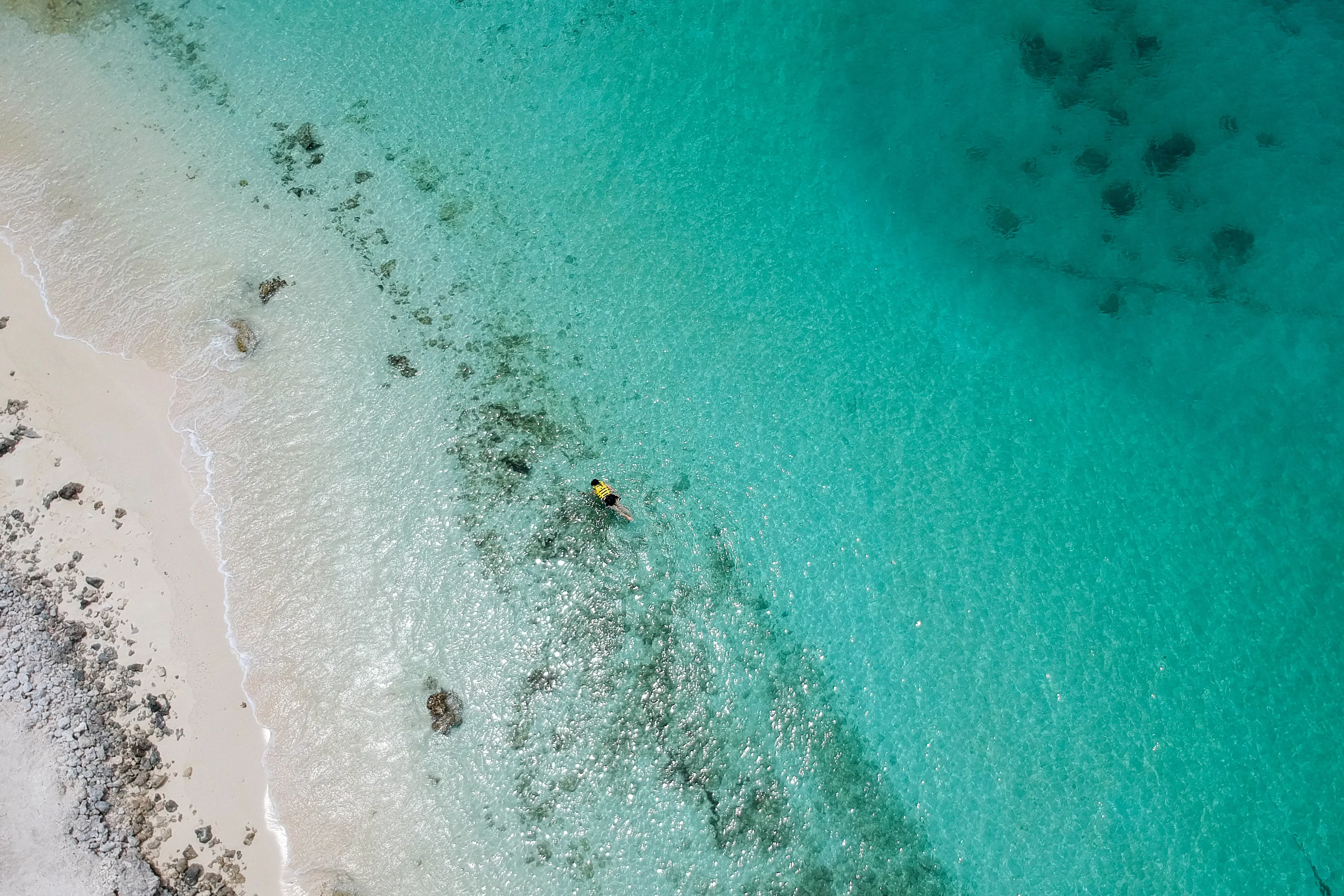
Where are the top blue-flag beaches?
Blue-flag beaches are distributed widely across the globe, in 81 countries. Whilst Spain hosts the highest number, there are blue gems scattered all over the place in many different climates, ecosystems and climates. Here are some of the top-rated beaches to add to your sustainable travel bucket-list:
Lahinch Beach, Ireland: Nestled on the wonderfully rugged and wild coast of Ireland, this crescent-shaped beach is known for its incredibly pure waters, steep cliffsides and Atlantic ocean views. Backed by the picturesque town of Lahinch, this beach a popular surfing spot and a convenient, sustainable and beautiful stop along the Wild Atlantic Way. Surrounded by ancient castle ruins, clifftop walks, the famous Doolin Caves and homely Irish pubs, Lahinch has something for every visitor to enjoy.
Rena Majore Beach, Italy: Only 9km from the quintessential Italian village of Santa Teresa Gallura, the beach at Rena Majore is a truly unique place. Soft golden sands, wispy dunes and pearlescent waters span the area, all basked in warm Sardinian sunlight. The crystal-clear waters are home to octopus, cuttlefish, bream, and wrasse, and provide excellent conditions for snorkelling in the seagrass or exploring underwater rock formations. The beach itself is far enough from the village to feel remote and wild, but with a quick car journey you can be back in the bustle of the markets and cafes of Santa Teresa Gallura, making it convenient for short day trips. Paired with some authentic Italian food and a good dose of Mediterranean sun, Rena Majore Beach is a stunning destination which showcases the pristine natural beauty of Italy’s coastline, without the crowds and visual pollution caused by development.
Shivrajpur Beach, India: stretching along the coastline of Gujarat, India, lies the incredible Shivrajpur beach. An endless expanse of soft sands and shallow sea, this popular beach is is famous for its rocky shoreline and picture-perfect lighthouse. With excellent access for disabled, and safe conditions for swimming, this is the perfect spot to look for dolphins or catch some rays on the Indian coast. The beach services are powered by solar energy, and there are plenty of attractions for beach-lovers and nature enthusiasts.
Wakasa Wada Beach, Japan: The most popular beach in the Takahama area of Japan, Wakasa Wada beach is a treasure-trove of beautiful views and exciting activities, all conveniently placed on one shore. The beach is immaculately maintained and easy to navigate, with plenty of sign posts and maps situated around the area. Ethereal views of the mountains form a hazy backdrop to velvet sands and crystalline waters. There are a variety of food stalls and barbeques where you can buy local cuisine, as well as beach huts, parasols and canoes for rental along the beach. There is nothing like some authentic sushi and watching the sun dip behind the peak of Mt. Aoba - and Wakasa Wada beach is a wonderful setting to experience it in.
Lara Beach, Turkey: Set in the rosy coastline of the Turkish Riviera, Lara Beach stretches for 15km of warm golden sands, aquamarine waters and a backdrop of purple mountains. With its shallow shoreline and close proximity to Antalya city, the beach is perfect for families with young children who want a safe environment to enjoy some sea swimming. The waves are gentle, the beach is trash-free, and the views are magnificent - especially at sunrise and sunset. There are a number of top resorts and luxury hotels in the area, as well as family owned Turkish restaurants, rent-a-bike stores and the famous Sandland open air museum, containing huge sculptures made of sand.
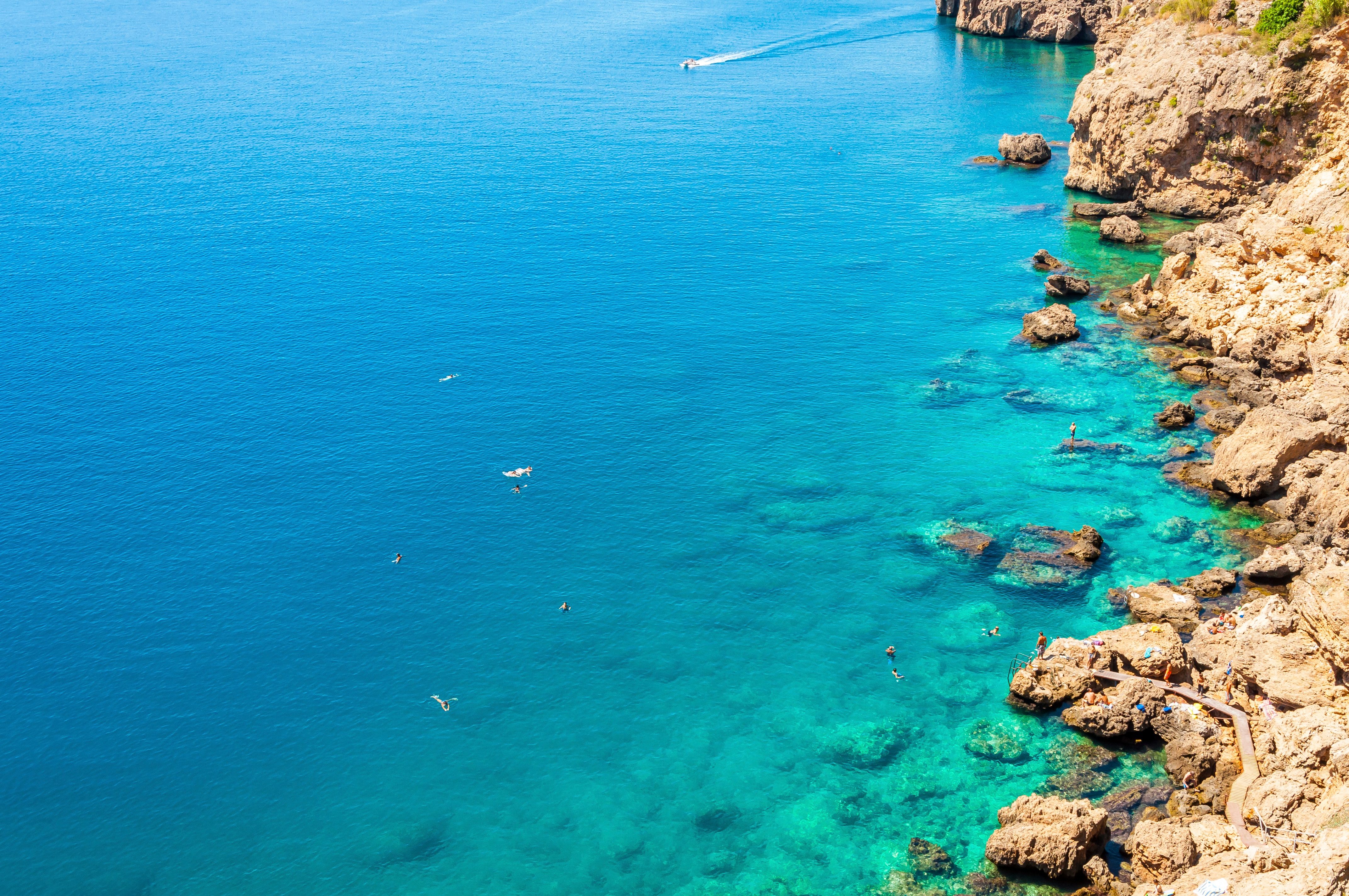
Ecofriendly enjoyment at the beach
There are many more blue-flag beaches scattered across the globe, waiting to be explored, and the number is increasing as sustainability is integrated on a wider scale.
Blue-flag beaches provide some of the most stunning, safe and accessible seaside spots where the true beauty of nature can be enjoyed by everyone - and with the added knowledge that the environment is also being cared for.
On your next trip, it is well worth having a look at the nearby blue-flag spots, and paying a visit if you get the chance.
Sign up for the newsletter
By clicking on “Subscribe now” I will subscribe to the Conscious Explorer newsletter with all the information about mindful travel. Information on the success measurement included in the consent, the use of the shipping service provider MailChimp, logging of the registration and your rights of revocation can be found in our privacy policy.
